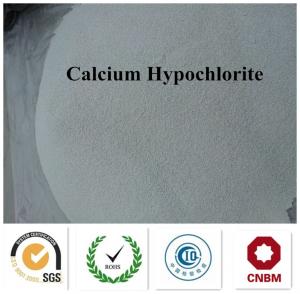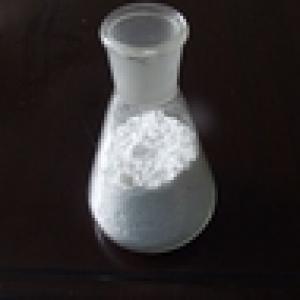Methylene Chloride
- Loading Port:
- Shanghai
- Payment Terms:
- TT OR LC
- Min Order Qty:
- -
- Supply Capability:
- 10000MT m.t./month
OKorder Service Pledge
Quality Product, Order Online Tracking, Timely Delivery
OKorder Financial Service
Credit Rating, Credit Services, Credit Purchasing
You Might Also Like
Methylene Chloride | |||||||||||||||||||||||||
| |||||||||||||||||||||||||
MF:CH2CL2 UN NO.:1593
Specification:
Color(APHA),Pt-Co:10
Acidity(HCl),%≤0.0004
Moisture,%≤0.006
Purity,%≥99.99
Residue after evaporation%,≤0.0015
It's widely used as pharmaceutical intermediates, polyurethane foaming agent / blowing agent to produce flexible PU foam, metal degreaser, oil dewaxing, mold discharging agent and decaffeination agent, and also in adhesive, agrochemical and film industry, etc.
- Q: and what are the kinds of organic compounds?..pls. help me abt. this..thanks!..(^_^)
- I think organic compunds are anything with Carbon(C), although I really don't know.
- Q: Inorganic salt of the inorganic salt function
- Participate in and maintain the metabolic activity of the organism.
- Q: Where are the parts of the bryophyte absorb water and inorganic salts?
- Moss moss moss, moss Gang, moss root through the fake root absorption, that is, the use of cell penetration technology, moss Gang has evolved out of the root, so you can directly through the relatively low roots to absorb Oh
- Q: Chemical formula The longest inorganic salt
- The primary stage on the salt, acid salt and so on
- Q: People do not eat salt tears with no inorganic salt
- Salt can also be obtained from the food, can be lack of salt to the row of no salt (tears, sweat, urine salts are the body of the salt) estimated that people are almost dead.
- Q: What inorganic salts and trace elements are there in rice?
- Pantothenic acid (0.60 mg) Carbohydrate (76.80 grams) Folic acid (3.80 micrograms) Dietary fiber (0.60 grams) Biotin (220.00 micrograms) Thiamine (0.33 mg)
- Q: Definition of inorganic salts
- There are about 21 kinds of elements which have important physiological functions in the body. Among them, calcium, magnesium, potassium, sodium, phosphorus, sulfur and chlorine are more and more, and the amount of inorganic compounds is more Iron, copper, iodine, zinc, manganese, selenium, fluorine, chromium, nickel, molybdenum, silicon, tin, vanadium and cobalt content is extremely small, called trace elements .2, inorganic compounds in the general name of the salt. Formerly known as "minerals." Some elements of inorganic salts for the human essential nutrients, including potassium, sodium, calcium, phosphorus, iron, iodine and other 20 kinds of elements. With the maintenance of cells and liquid normal osmotic pressure, maintenance of neuromuscular excitement As a variety of acid system activator; constitute the ester of the base; hormones, vitamins, nucleic acid composition and regulate the body's acid and alkali balance and other important physiological functions. Increased or lack of disease, such as hyperkalemia, The explanation of the "inorganic salts" in the academic literature
- Q: Cells in the water, inorganic salts, protein, lipid, carbohydrate and nucleic acid six words how wrong this sentence
- Water is a mixture
- Q: what is the function of the organic part of bone matrix?of the inorganic part(bone salts)?
- The organic part is cells that produce bone matrix (inorganic) with excess calcium and phosphorus, and break down the bone salts when the calcium is needed elsewhere in the body. The inorganic matrix provides protection, support and structure for the body. And, actually, red bone marrow is the place where formed elements of the blood are manufactured. Dude, this is not exactly botany. :-P
- Q: Is the inorganic salt the same as the saline?
- Inorganic salts are inorganic compounds in the tears, originally called minerals. A large number of elements are calcium Ca, phosphorus P, potassium Ka, sulfur S, sodium Na, chlorine Cl, magnesium Mg, trace elements iron, zinc, selenium, molybdenum, fluorine , Chromium, cobalt, iodine and the like.
Send your message to us
Methylene Chloride
- Loading Port:
- Shanghai
- Payment Terms:
- TT OR LC
- Min Order Qty:
- -
- Supply Capability:
- 10000MT m.t./month
OKorder Service Pledge
Quality Product, Order Online Tracking, Timely Delivery
OKorder Financial Service
Credit Rating, Credit Services, Credit Purchasing
Similar products
Hot products
Hot Searches
Related keywords



















